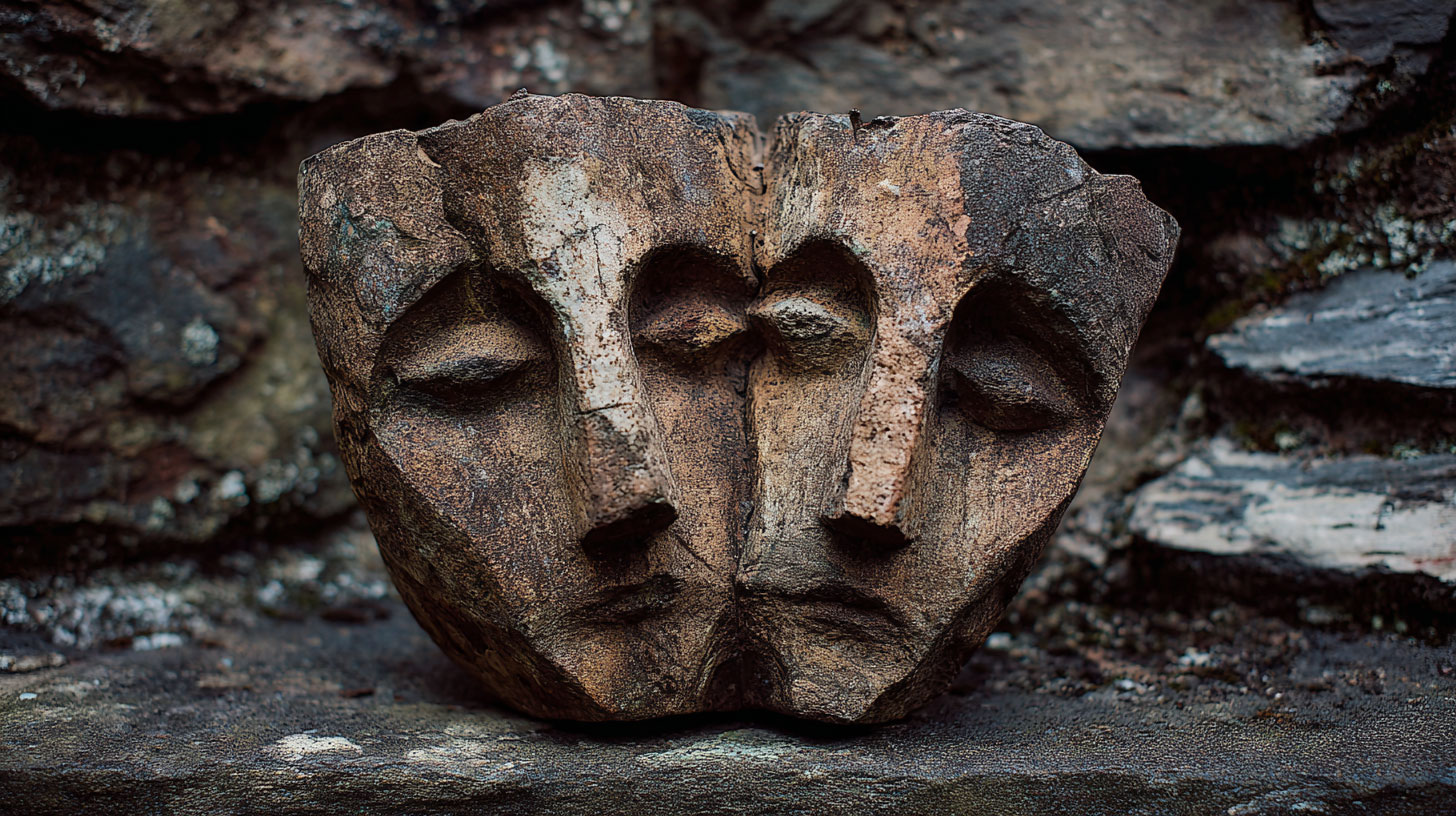Should vocals be recorded in mono or stereo?

When stereo sounds so much better and more lifelike than mono, why would you ever want to record a vocal with a single mic?
A question from an Audio Masterclass reader...
"Mr David sir, please I need an urgent answer to this question; which channel is the best for voice recording-mono or stereo?"
Firstly, don't call me 'sir'. When I receive a knighthood from the Queen of England, then things will be different. But I sense that it's going to be a long time in coming. :-)
Now the question - should vocals be recorded in mono or stereo?
Well let's consider a solo lead vocal for pop, rock, hip hop or other modern style of music. Let's also consider the original purpose of stereo, as it was invented...
The original purpose of stereo was to create a convincing sound image between the loudspeakers. Just as a camera captures an image with light, a stereo pair of microphones connected to a stereo recording device captures an image in sound.
So if you record an orchestra with a coincident crossed pair of microphones, you will hear the individual instruments coming from the same locations in space, whether you stand in front of the orchestra at the recording session, or listen later on loudspeakers.
The whole purpose of stereo, as originally intended, is to give a believable sense of width to the audio signal.
So... How wide is your singer's mouth?
There may be a case for recording Fodesinbeed Annodue in stereo, but otherwise there is little point in recording a normal pop/rock/hip hop vocal in stereo. The human mouth is effectively a point source and can be recorded as such. A single microphone, resulting in a mono recording, will do just fine.
But what if your singer is an opera singer?
This applies to any solo singer who would normally be heard in an acoustic environment. It may also apply to a jazz singer.
In this kind of music, the acoustics of the room or auditorium are important. The voice needs to interact with the acoustics. If you sit or stand in front of the singer in real life, you will hear the voice surrounded by an enveloping cloud of ambience and reverberation. And although the voice itself might still be a point source, the ambience and reverberation will most definitely be stereo.
So for this kind of singing, you should record in stereo.
It is worth noting however that when the singer is accompanied, recording techniques suddenly become a little more complex. Let's say the singer is accompanied by a piano.
You can record this using a coincident crossed pair of microphones. But you need to find exactly the right point in the room for the mics. Even for an experienced engineer, this takes time and experimentation. Every combination of singer, piano, pianist and room is different.
So the recording process can be simplified by miking the singer and piano separately with fairly close mics, then setting ambience mics further away to capture the reverberation.
In this case the stereo information can come from the ambience mics, so it is perfectly OK to use just a single mic for the singer.






























